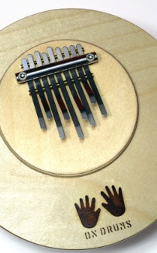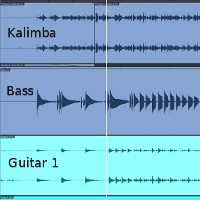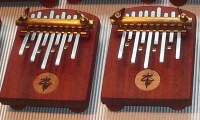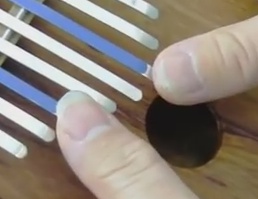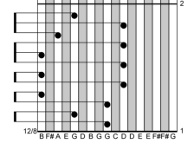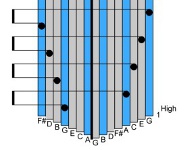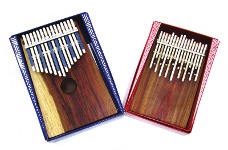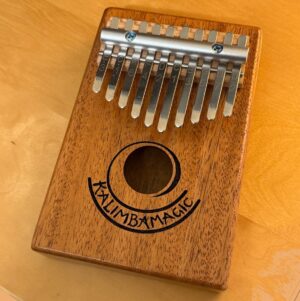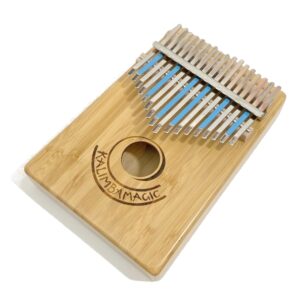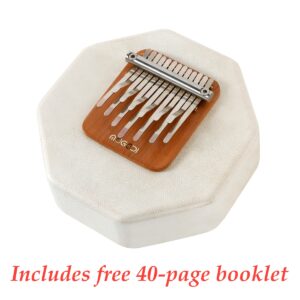
The Story of the Kalimba
The history of the thumb piano in Africa and how the kalimba got to be a household name Hugh Tracey records an unknown karimba player I just gave a presentation on the kalimba at the OLLI-UA (Osher Lifelong Learning Institute at the University of Arizona) in Tucson, and decided to share with you the Powerpoint of the presentation (actually it’s a PDF of the Powerpoint). A great thing about this 45 page PDF presentation is that it has many clickable links to interesting sound recordings and YouTube videos, which really make the presentation come alive. One negative is that at a number of places, I made instructions to myself to play a
